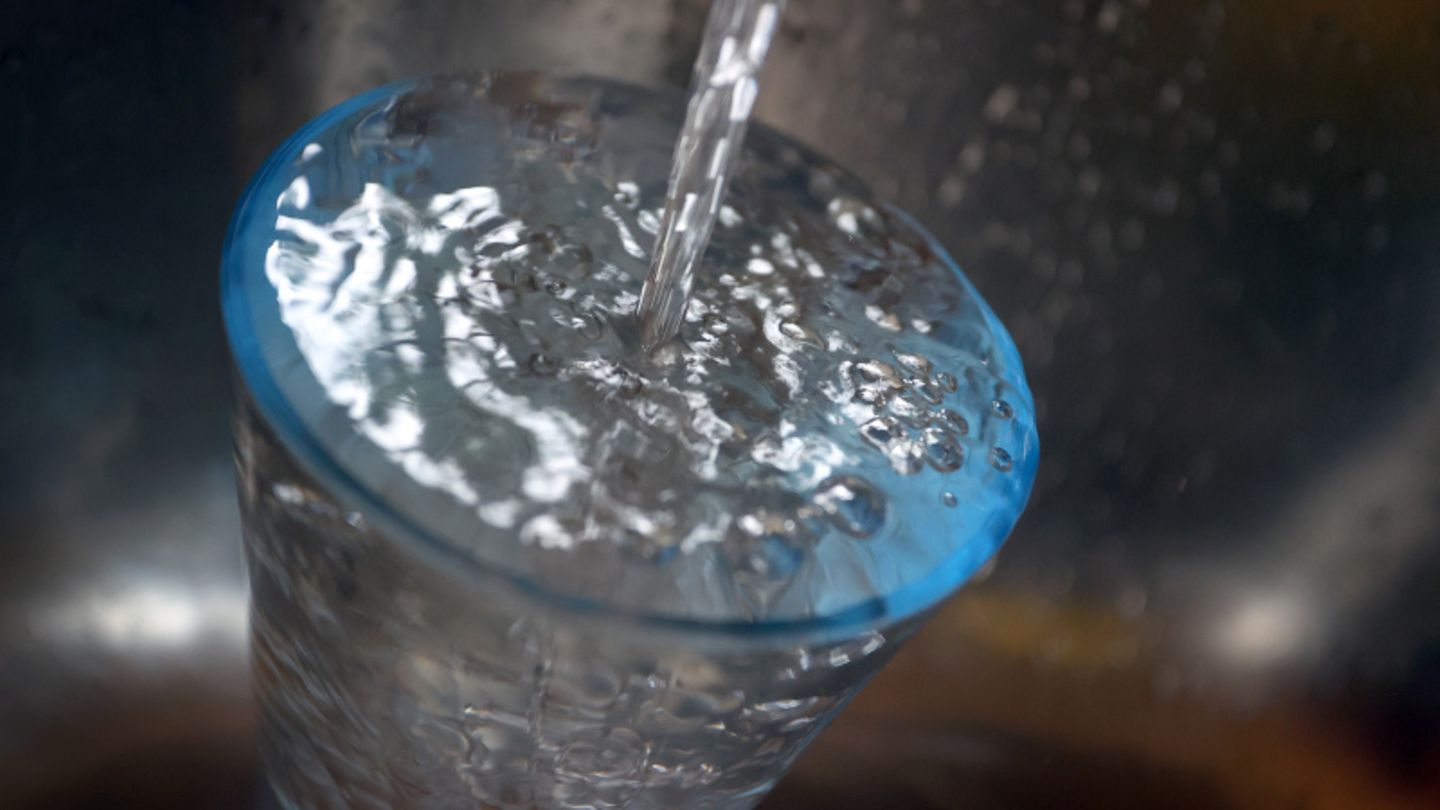Spanish researchers have discovered a possible link between prostate cancer and tap water. Accordingly, the nitrate contained in tap water could be an important risk factor.
This article first appeared on RTL.de.
Scientists have been researching prostate cancer for years. A current study from Spain now shows a possible connection between tap water and prostate cancer. The Barcelona Institute for Global Health study, published in the journal Environmental Health Perspectives on March 8, 2023, suggests a link between drinking plain tap water and the risk of developing prostate cancer.
Possible connection between prostate cancer and tap water: nitrate could increase risk
The reason for this is the nitrate. The primary aim of the study was to find out whether there is a connection between the intake of nitrates and trihalomethanes (THM) in water and the risk of prostate cancer. THM is a by-product of drinking water disinfection. The substance can also be absorbed through the respiratory tract and the skin.
These two compounds are among the most common contaminants in drinking water. The nitrate is mainly found in fertilizers and manure, which is washed into the groundwater and rivers by rain.
According to the Federal Environment Agency, nitrate contamination also occurs in drinking water in Germany, because drinking water in this country is largely obtained from groundwater and groundwater is often heavily contaminated with nitrate. One reason for this is the nitrogenous fertilization in agriculture, according to the authority on its website. The EU drinking water directive provides for a quality standard of 50 milligrams of nitrate per liter. The German Drinking Water Ordinance lists this value as the limit value.
The research team from Spain examined a total of 697 cases of prostate cancer in hospitals between 2008 and 2013. Aggressive tumors were found in 97 cases. The control group consisted of 927 men aged 38 to 85 who had not been diagnosed with cancer at the time of the study.
Based on where they lived, the amount of water they drank, and the way the water was consumed, the average amount of nitrate and THM that the men had drunk since the age of 18 could be estimated.
The researchers found that the higher the nitrate intake, the higher the likelihood of developing prostate cancer.
Subjects with higher nitrate intake were 1.6 times more likely to develop prostate cancer
Because the investigations showed that the subjects who took in a higher amount of nitrate through the tap water were 1.6 times more likely to develop low- or moderate-grade prostate cancer.
Cancer, aneurysm, high blood pressure
The easy-to-understand checklist for the man who doesn’t care about pensions
The researchers defined a higher intake of nitrate as more than 14 milligrams per day. The likelihood of developing an aggressive prostate tumor was almost three times higher compared to the subjects who consumed low levels of nitrate-through-water (less than 6 milligrams per day).
Important: However, a connection between the intake of nitrate and prostate cancer could only be demonstrated in men who consumed little fiber, fruit, vegetables and vitamin C.
“Antioxidants, vitamins and polyphenols in fruits and vegetables can inhibit the formation of nitrosamines — compounds with carcinogenic potential — in the stomach,” study lead author Carolina Donat-Vargas said in a press release. “Additionally, vitamin C has shown significant anti-tumor activity. And the dietary fiber, in turn, benefits the gut bacteria, which protect against toxins from food, including nitrosamines.”
“The risks associated with the intake of nitrates via water are already observed in people consuming water with nitrate levels below the maximum permitted by European guidelines,” explained Carolina Donat-Vargas further. So the mentioned 50 milligrams of nitrate per liter of water.
The research team cautions against believing that drinking tap water per se leads to prostate cancer. This is only a first indication of a connection. However, further research and investigations are needed.
Source: Stern
I’m Caroline, a journalist and author for 24 Hours Worlds. I specialize in health-related news and stories, bringing real-world impact to readers across the globe. With my experience in journalism and writing in both print and online formats, I strive to provide reliable information that resonates with audiences from all walks of life.




